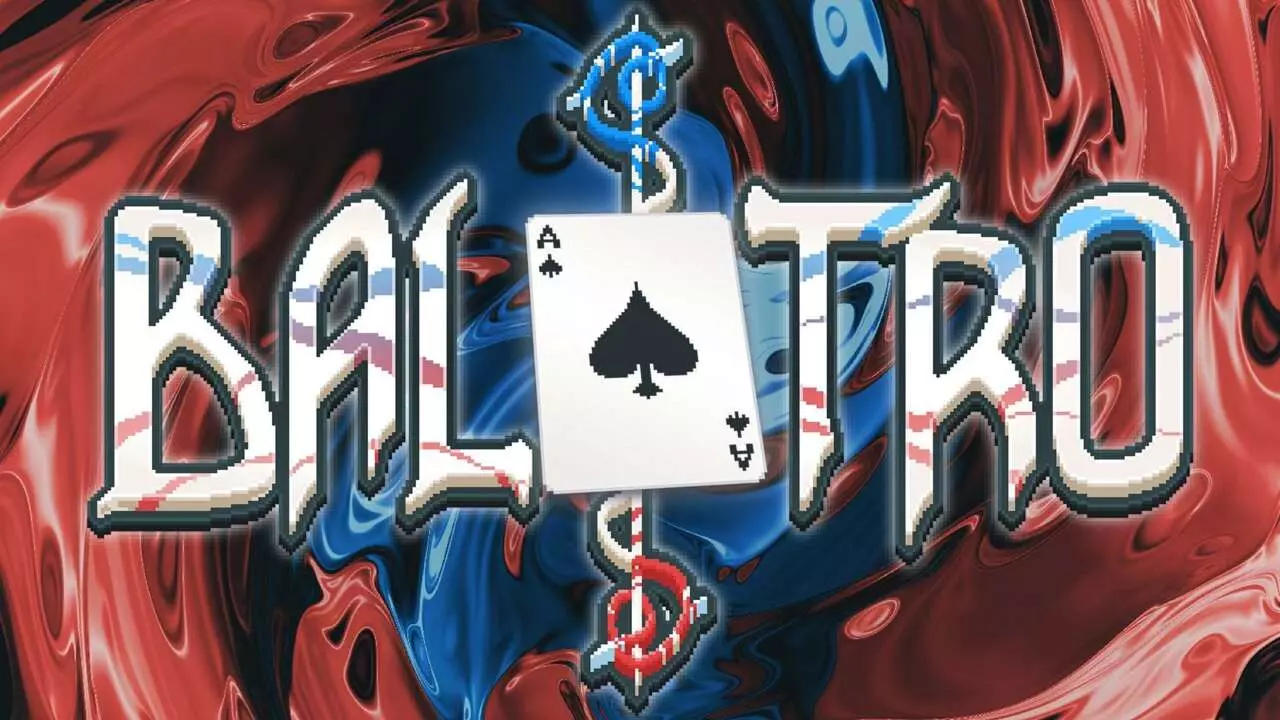In a year filled with polarizing game ratings, Balatro has become a case study for discussions about gaming standards and classification systems. Rated 18+ by PEGI, the European game rating authority, Balatro’s classification took many by surprise, particularly its developers, LocalThunk. The rating was attributed to the game’s use of real poker hands which PEGI argued might inadvertently teach players about actual gambling mechanics. This decision not only sparked frustration from the developers but also raised critical questions about the criteria used by rating boards.
The crew at LocalThunk humorously lamented the rating on social media, suggesting that they might simply add “real gambling” features to the game for a rating downgrade to 3+. This jest underscores a genuine issue with perceived inconsistencies in how different games are evaluated. For instance, EA Sports FC 25, which prominently features microtransactions and loot-box systems, has successfully retained a 3+ rating despite many arguing that such mechanics encourage gambling-like behavior in younger audiences. LocalThunk’s pushback reflects a deeper concern about double standards in the industry, particularly in how ratings can significantly impact a game’s marketability and accessibility.
A Shift in Perspective: Blurring Lines between Gambling and Gaming
While PEGI provided rationale for its rating, the dichotomy highlighted by LocalThunk is hard to ignore. Games like Balatro use card mechanics as a foundational aspect of roguelite gameplay but are viewed through a lens of adult content when those mechanics intersect with gambling imagery. Conversely, games that integrate similar features without direct gambling connotations seemingly glide past scrutiny. This discrepancy begs the question: Are rating systems failing to adapt to the evolving landscape of gaming?
In spite of the rating setback, Balatro has thrived commercially, selling over 3.5 million copies and garnering multiple accolades at The Game Awards. Such success suggests that players may be more discerning than rating boards give them credit for. The game’s acclaim demonstrates that compelling gameplay can prevail over regulatory challenges. LocalThunk’s remark about the red logo looking “kinda dope” also highlights a sense of pride among developers, indicating that they are willing to embrace even controversial elements of their work as part of their identity.
Looking Ahead: A Call for Reevaluation
The debate surrounding Balatro’s rating is indicative of a broader conversation about the future of game classifications. Developers and industry stakeholders must pose critical questions about how to provide clarity in gaming narratives while ensuring a level playing field for all titles. LocalThunk’s stance advocates for a cohesive approach that acknowledges the realities of modern gaming, where the crossover between fun and responsible mechanics deserves more stringent oversight. The dialogue ignited by Balatro serves as a needed nudge towards a more equitable and sensible gaming rating system that reflects the nuanced relationship between gaming and gambling in today’s digital culture.


Leave a Reply